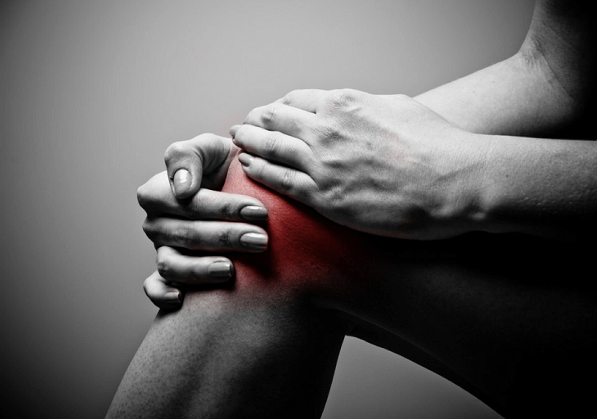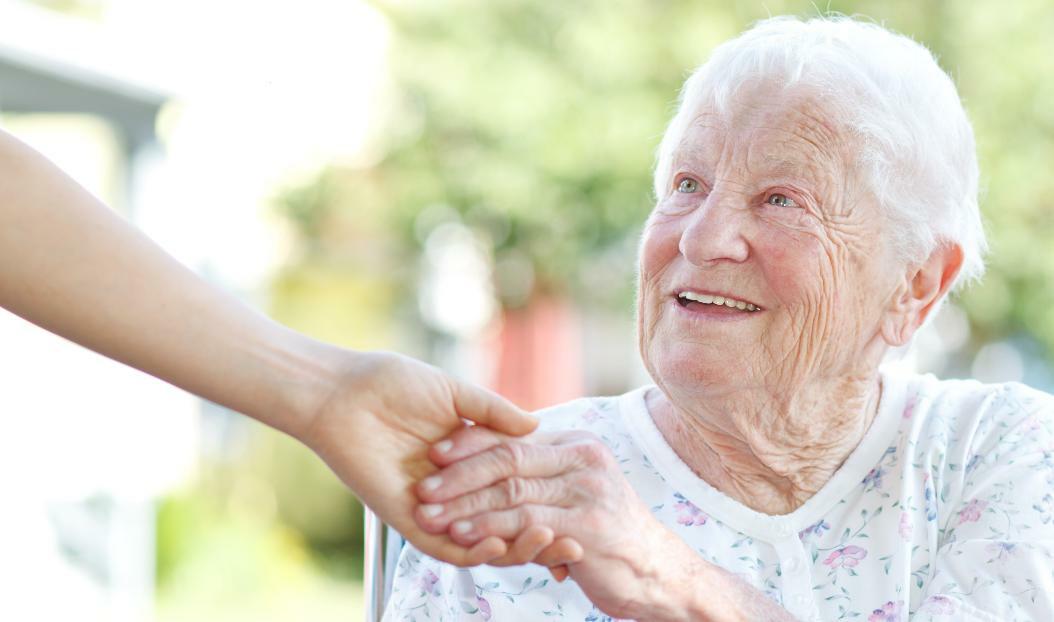 Does nagging knee pain have you rethinking your workout? Are you curious what the aches and pains are from when you haven’t experienced a fall or other acute injury? When pain, sensitivity, tenderness, or swelling in one or both knees lasts several weeks to months and even years, you have chronic knee pain. You don’t need to experience a hard impact like a fall or car accident to develop this type of knee pain either; in fact, it’s more often repeated overuse or other underlying medical conditions that contribute to it.
Does nagging knee pain have you rethinking your workout? Are you curious what the aches and pains are from when you haven’t experienced a fall or other acute injury? When pain, sensitivity, tenderness, or swelling in one or both knees lasts several weeks to months and even years, you have chronic knee pain. You don’t need to experience a hard impact like a fall or car accident to develop this type of knee pain either; in fact, it’s more often repeated overuse or other underlying medical conditions that contribute to it.
The knee is comprised of the thigh, shin, and kneecap bones meeting together and connecting with tendons, ligaments, and cartilage. A variety of things can happen to those key players as you age - tendons can become inflamed, ligaments can tear, cartilage can wear down, and so forth.
Common knee pain conditions include:
Chondromalacia patella - cartilage is unable to regenerate quite like other tissues in the body, and this ailment (also known as runner’s knee) is a direct result of shock absorbing cartilage deteriorating and no longer protecting the bones in the knee from rubbing together
IT band syndrome - the long, thick tendon running from the hip down the thigh to the knee can become inflamed with overuse and cause recurring pain in the side of the knee as it rubs over it with friction
Arthritis - additional forms of joint disease, osteoarthritis and rheumatoid arthritis involve cartilage degeneration and deterioration which leads to pain, inflammation, stiffness, and loss of range of motion in the knee
Bursitis - the pillowy fluid-filled bursa sacs that help the joint move cleanly can become inflamed with overuse and place pressure on surrounding tissues leading to swelling, stiffness, and pain
Osteosarcoma - this second most prevalent form of bone cancer often contributes to the growth of tumors in the knee
Meniscal tear - inner knee pain can develop when a tear occurs in the cushioning meniscal cartilage which helps stabilize the knee joint
Gout - when the body cannot sufficiently eliminate uric acid from the body, it can build up around joints like the knee causing this painful type of arthritis
Tendinitis - pain directly in the front of the knee can result when the tendon holding the kneecap in place becomes irritated and inflamed with overuse.
Common Risk Factors for Knee Pain
In addition to age-related wear and tear and overuse, knee pain can also result from less pronounced culprits including:
Poor footwear - shoes that are too loose or too tight, as well as those that are old and worn out, can alter your body mechanics during physical activity and place excess strain on the knee joint.
Being overweight - the Centers for Disease Control and Prevention estimated that 35% of adults over 65 are obese; carrying extra weight around adds to the pressure and stress placed on joints like the knee, increasing cartilage deterioration too.
Inactivity - skipping exercise and physical activity can actually exacerbate knee pain leading to joint stiffness and muscle imbalance. Experts recommend seniors correct exercise routines to prevent chronic knee pain by incorporating more low-impact activities like biking, swimming, yoga, and hiking.
Not warming up and cooling down - if your routine fitness is 0 to 60 and then straight to the showers, you may be doing your body a disservice. Dynamic stretching prior to a workout helps to warm muscles up while cooling down afterward with a slow walk or static stretching can help safely lower your heart rate and stretch muscles to boost recovery.


Comments